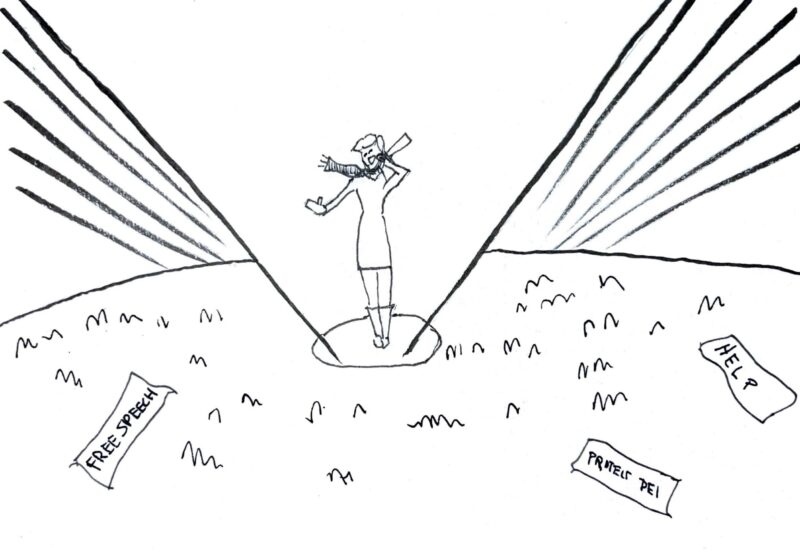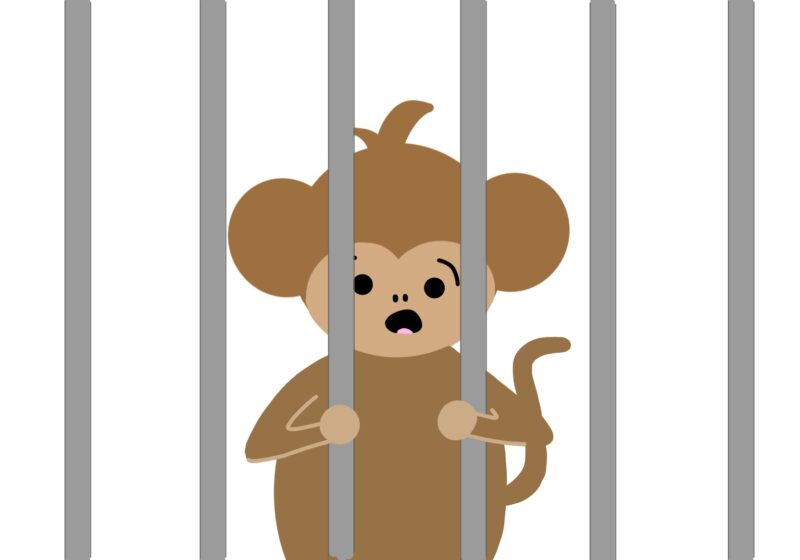On Monday, Sept. 15, Financial Math Professor Shannon Starr mentioned Merrill Lynch at least five times during his 50-minute lecture in the brightly lighted Bausch and Lomb Hall Room 109. A rush of hushed, dark laughter followed each mention of the storied financial firm. After class, I ran into an unsettled sophomore who said, ‘Merrill Lynch has been sold to Bank of America, and Lehman Brothers filed for bankruptcy.”
Within an hour, I knew that the Sept. 15 trading day, beginning with the clamorous opening bells of the New York Stock Exchange, would be historic. The bells would be discordant wake up calls for billions and piercing death tolls for two prominent financial firms previously admired around the world as symbols of prosperity, strength and success.
Lehman Brothers, a 158-year-old financial firm ranked by Fortune Magazine as the Most Admired Securities Firm of 2007, filed for bankruptcy on Sept. 15 due to its inability to sell itself, causing the financial firm’s stock to plummet 96 percent to $0.21. Merrill Lynch, another lauded financial firm, announced that it had sold itself to Bank of America for $50 billion, or $29 per share, and the stock price of the troubled yet once world’s largest insurer, American International Group (AIG), fell 61 percent that same day. Propositions are emerging for this historic day, which marked only the sixth time the Dow Jones Industrial Average fell 500 plus points since its inception in 1896.
Bloomberg writers Christine Harper and Hugh Son reason the financial collapse. Harper justifies the selling or failure of three out of the five dominant New York-based firms by the same sub-prime credit crunch and economic slowdown that collapsed Bear Stearns on May 29. Son wrote that Standard ‘ Poor’s and Moodys are downgrading AIG, because it may not raise enough capital to continue operations.
Sub-prime credit, a major factor in the financial meltdown, pertains to individuals who carry higher amounts of risk for banks, because they have a record of faulty or late payments and, thus, have to pay higher borrowing rates.
I believe that there are two major reasons that sub-prime credit in a declining economy is a bottleneck to the reemergence of the U.S. economy. Following Sept. 11, 2001, banks were allowing purchase of homes that were previously barred from individuals with sub-prime credit because of their predictions that the economy would continue to rise at the growing rates following the early 2000 recession. The laissez-faire, or lesser regulatory, policy adopted by the Bush Administration further encouraged the banks to permit such risky actions.
The following results led to a ‘sub-prime credit crunch,” which is defined as the negative impact resulting from millions of individuals with sub-prime credit. In the 1990s and early 2000s, there was heavy investment in the housing market and the housing market was beating analysts’ expectations. The investments resulted in significantly overvalued stocks and prices of homes, which increasingly destabilized the economy. Previously affordable mortgage payments became unaffordable because of lack of cash to make timely payments. Individuals increasingly ‘defaulted” or failed to make timely payments. Banks issued penalties and repossessed property from millions who could not make payments. However, such penalizations prevented banks from lending cash to others and invest to make profits. Profits and earning reports left investors unsatisfied, and the stock prices of financial institutions plummeted.
Investors started selling their stocks in the banks, lowering the diminishing cash reserves available to give investors. The Federal Reserve Banks infused cash into the economy, only to provide temporary relief. Cash infusions and depreciating value of the dollar caused inflationary fears. The Federal Reserve also lowered the Federal interest rate and discount rate in order to make borrowing easier. Banks still fail further destabilizing the economy. Financial instability from the initial ‘sub-prime credit crunch” significantly reduced the chances of ending the recession by causing prominent financial firms to fail, thus decreasing wealth and increasing unemployment.
As an example of the proposal above, Sept. 15 implies that the losses of the ‘sub-prime credit crunch” are losses for both rich and poor Americans. The economic downturn disseminating throughout the world increasingly dissembles symbols of prosperity, strength and success with the list of victims including Bear Stearns, Lehman Brothers and Merrill Lynch.
In retrospect, though, economics professors emphasize that good and bad events in history are cyclical, and such cyclicality in the economy is making its mark by finding a low after which it can rebound. Perhaps we are close to a trough. The Bureau of Labor Statistics’ number of foreclosures resulting from the credit crunch slightly declined in August. Prices of consumer goods declined due to falling fuel prices as Sept. 15 marked the first time this year that oil fell below $95. Additionally, fears of inflation are quelling even with the low interest rate of two percent. These statistics hint at a light at the end of the tunnel, but only after periodically suffering from such days as Sept 15, 2008.
Sharma is a member of the class of 2010.




